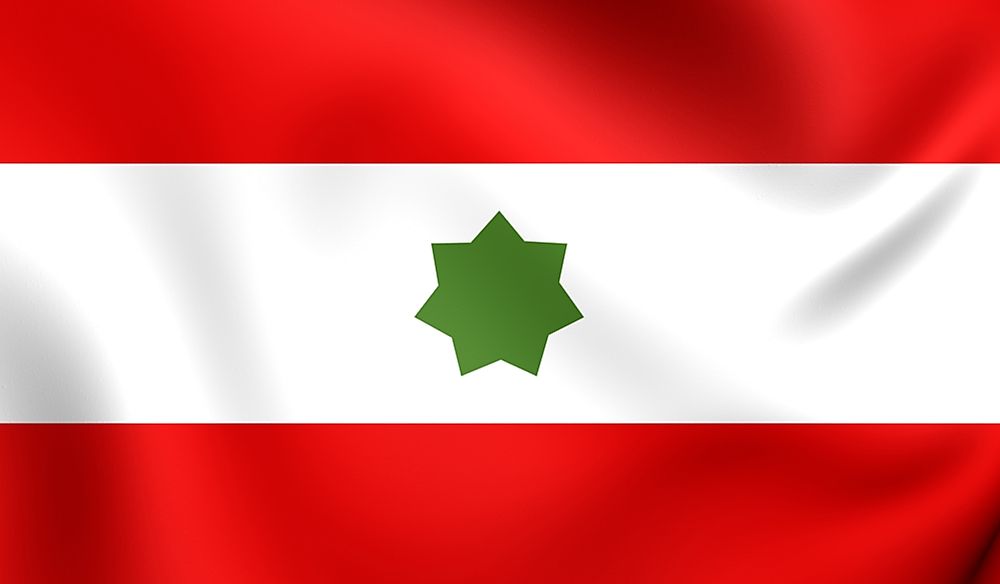What Are the Trucial States?

The Trucial States was a collection of various sheikhdoms that allied themselves permanently to the British through a number of treaties. The region was also known as the Trucial coast, Trucial Sheikhdoms, the Trucial States of the Coast of Oman, Trucial Oman, or the pirate coast. The states were located on the southeastern side of the Persian Gulf. Each of the states had its own needs and aspirations, hence had its own treaty with the United Kingdom. The treaties led to a truce hence the name the Trucial States. The treaties led to the formation of an official British Protectorate in 1820. The Trucial sheikhdoms are Dubai, Sharjah, Abu Dhabi, Fujairah, Umm Al Quwain, Ajman, and Ras Al Khaimah, which today are the seven emirates of the United Arab Emirates.
Overview of the Trucial States
All the sheikhdoms allied themselves to the British with the first treaty being the General Maritime Treaty of 1820. It was followed by the Perpetual Maritime agreement of 1853. In 1892, the exclusivity agreement was entered. In the 1890s, Britain sought to stamp its authority further by formalizing all the agreements previously made with the rulers in the Gulf region. The decision was triggered by the French and Russians who had started showing renewed interests in the gulf. The terms of the treaty were that the British would defend the sheikhdoms from any external aggression in return for their undivided loyalty to the British. The sheikhdoms were to further have no dealings with other rulers without express authority from the British.
Administration of the Trucial States
The British had no intention of controlling the commercial and domestic affairs of the Trucial States even after formalizing the treaties. All they wanted was to secure the transport and communication channel to India which were very crucial to the British. The sheikhdoms were therefore left without a British political ruler until after the Second World War. The states were self-administering. In 1951, a Trucial States Council (T.S.C) was established to resolve allegiance and border disputes. The current UAE Supreme Council is the successor of the Trucial States Council.
Role of the British Within the Trucial States
There was not much activity from the British in the Trucial States. With the advent of airplanes, there was a need to build the first British facility which was an airfield in Sharjah for passengers of the Imperial Airways. However, the economic and strategic significance of the coast changed dramatically with the discovery of oil in Abu Dhabi. Iraq Petroleum company, which was owned by the British, bought the concessions of oil. Abu Dhabi and Dubai became the leading producers of oil making the British concentrate more in affairs of that sheikhdom. The biggest and final political undertaking by the British was a bloodless coup in 1966 against the ruler of Abu Dhabi. The Sheikh of Abu Dhabi was removed due mismanagement of oil and resources generated from oil a factor that had hindered the British access to the oil.
When Did The Trucial States Come To An End?
In 1968, the British declared their intention of completely ending its protectorate over the Gulf region by 1971. The announcement led to negotiations among the rulers of the Trucial region and the other protectorates of Bahrain and Qatar on how to fill in the power vacuum. Proposals to join the region into one autonomous country were rejected since the involved parties could not agree on political boundaries and power-sharing formulae. Consequently, Bahrain and Qatar became nations on their own. On December 1971, the United Arab Emirates came into existence with Sharjah, Abu Dhabi, Fujairah, Umm Al Quwain, Dubai and Ajman as members. Ras Al Khaimah became a member of the union on February 10, 1972.











